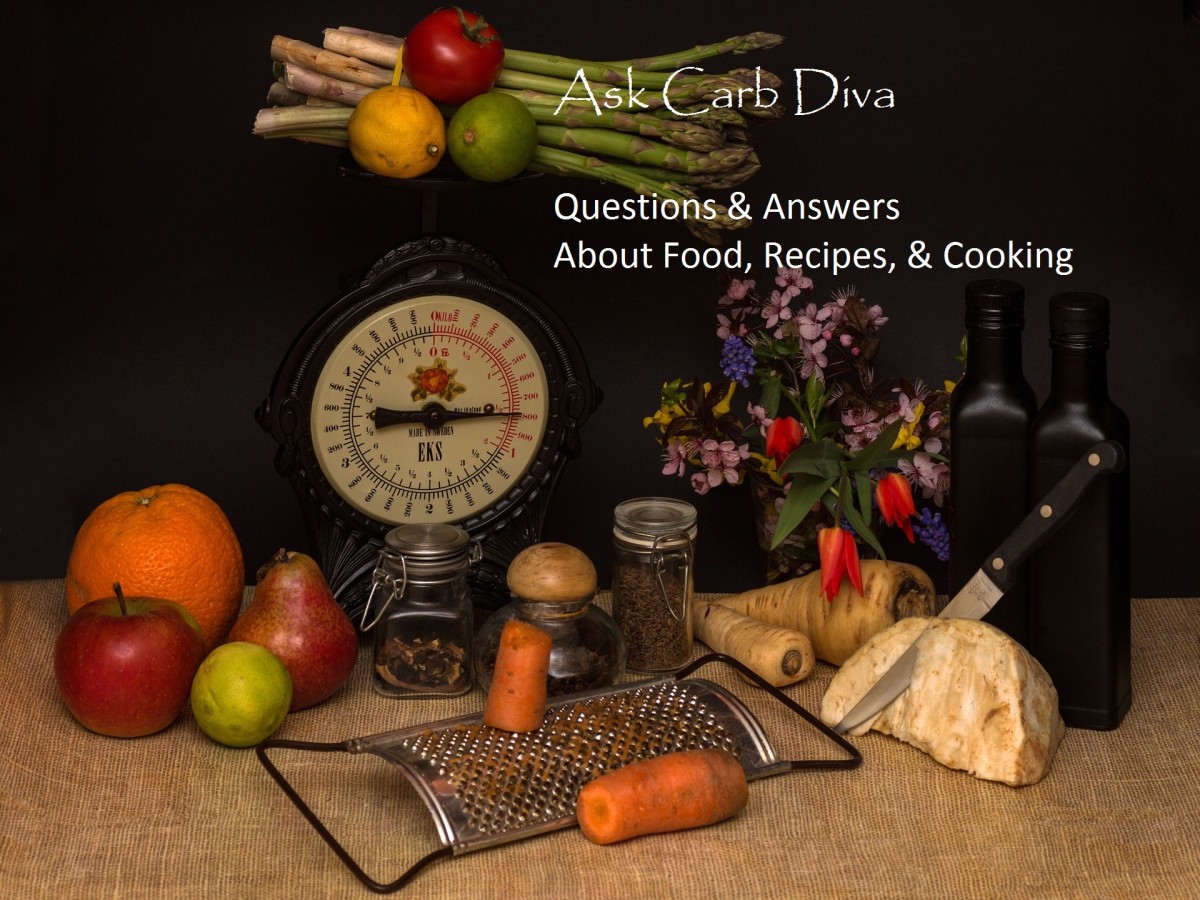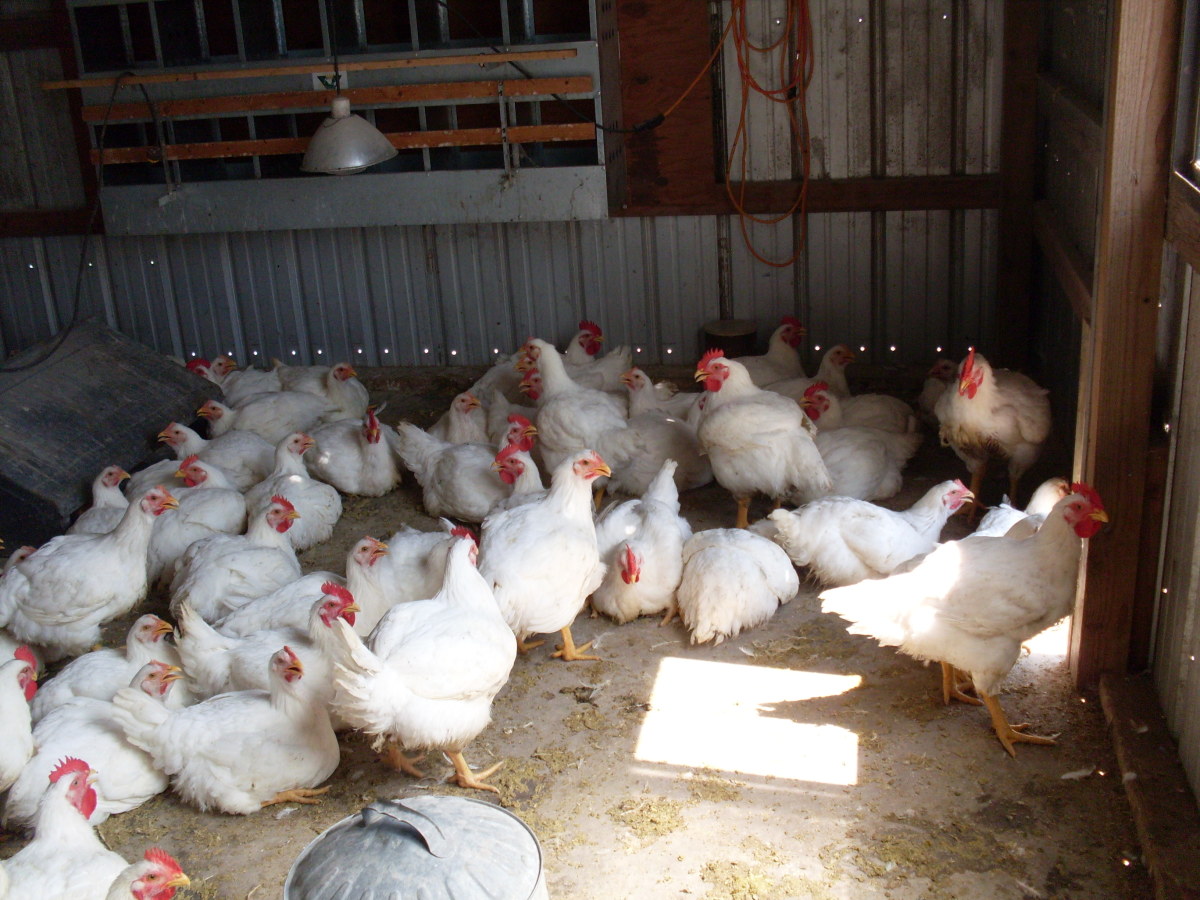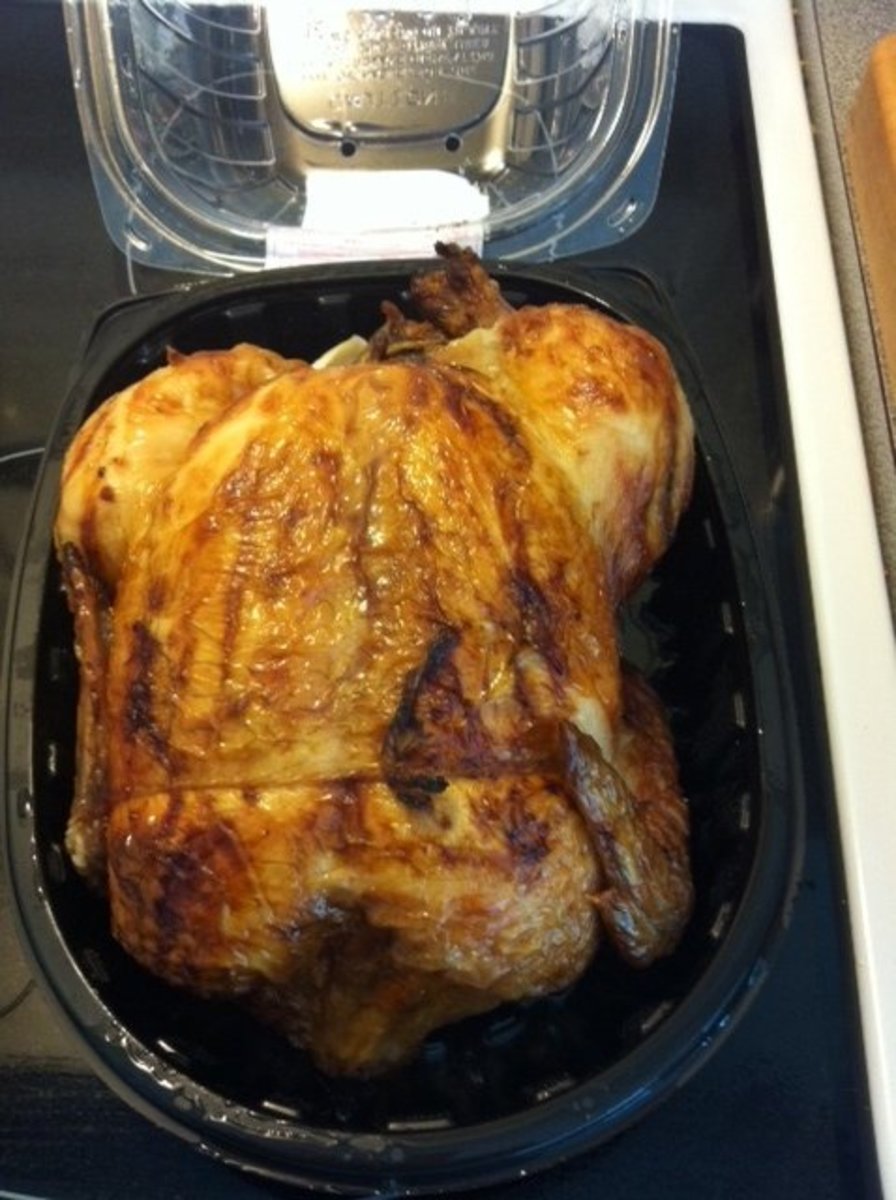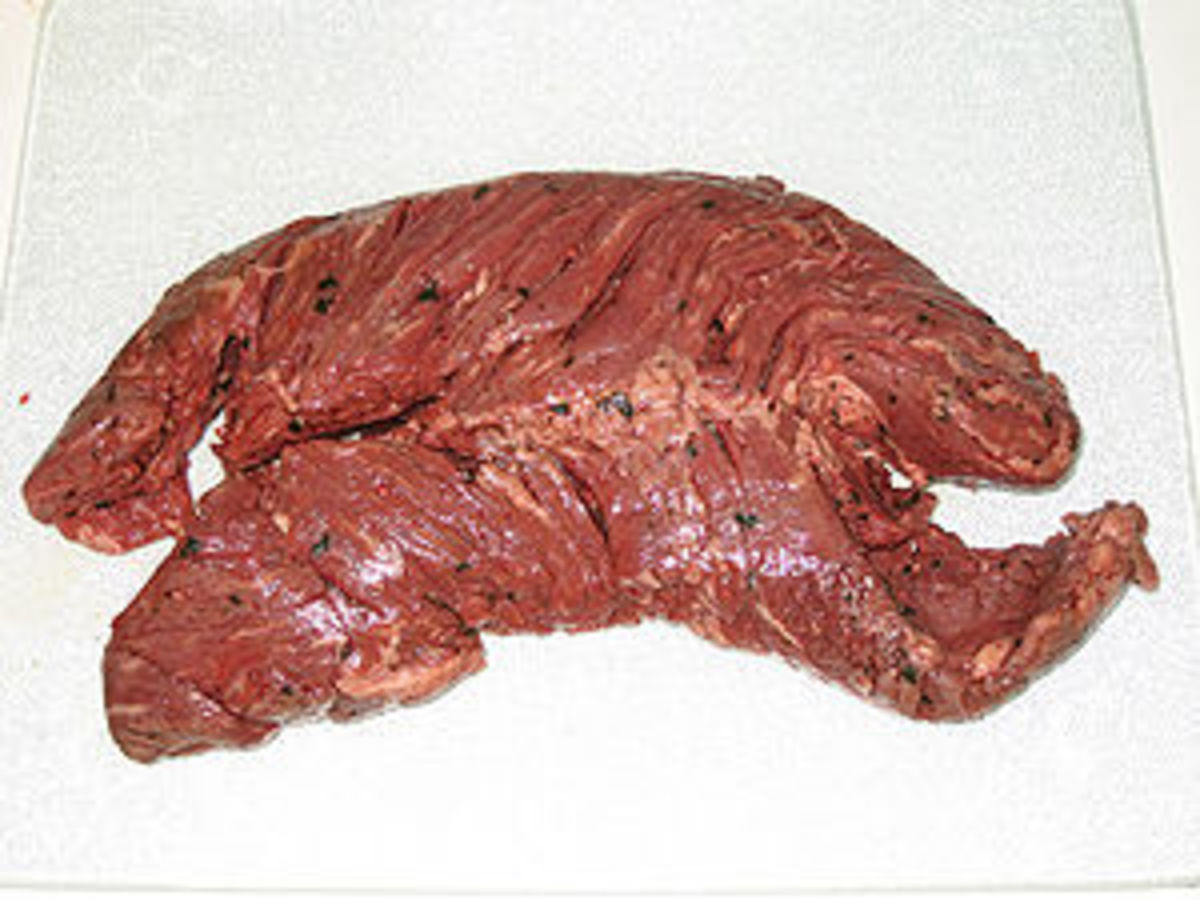Chicken in the Kitchen Safety How tos

Tips for Buying Chicken
Fresh Poultry: Poultry is kept cold when being delivered to stores to avoid the development of bacteria and for maximum shelf life. It is vitally important to keep chicken cold to prevent dangerous bacteria from developing. When buying chicken, follow these tips to assure food safety:
Poultry ought to still be cold when it's bought. Feel the package to make sure. Better yet, buy a package of chicken on the bottom. This is where it is coldest in the freezer displays.
The chicken should range in color from off-white to yellow.
Make sure the package is still airtight, with no punctures or tears.
Also check the 'sell by' date to make sure it is not too close to its expiration date.
Choose chicken right before leaving the store to make sure it stays cold as long as possible.
Place the poultry inside disposable bags at the grocery store whenever possible in order to stop possible leaks. Chicken blood can contaminate other prepared foods, fruits and vegetables. Go home as soon as possible after leaving the grocery store to avoid the chicken getting too warm.
Chicken Cookbooks
How to Store and Freeze Chicken Safely
Back home, promptly refrigerate chicken. Keep it in the coldest section of your refrigerator. This is usually on the bottom shelf in the back, or in the meat drawer. It must be prepared within a couple of days. If you can't cook it in that time frame, then immediately freeze it. It will keep in a freezer longer than a year, if it is tightly wrapped.
Chicken can be frozen within the original product packaging or it may be repackaged. When freezing chicken for a longer period than a couple of months, cover the original store wrapped packages. You can use freezer paper, heavy duty aluminum foil, or plastic wrap. Alternatively, you can put the packaged chicken in a freezer bag. If freezing whole chickens, remove and rinse the giblets, then freeze them separately.
Appropriate wrapping inhibits freezer burn, and saves you money in the long run. If you encounter freezer burn anyway, trim freezer-burned parts off before preparing the chicken.
If you buy a chicken that is already prepared, such as a baked rotisserie chicken, don't purchase if it's not hot. Eat it within a couple of hours. Refrigerate any leftovers, and eat them within 4 days.
You can eat it cold or reheated. If reheating, make sure it gets to 165 °F. Or you can freeze the leftovers. To keep the best flavor, defrost and eat it in less than six months.
How to Thaw Chicken Properly
Never thaw chicken at room temperature. You must plan in advance for gradual, risk-free defrosting, or use the microwave. There are only three safe methods to defrost poultry. They are while still in the refrigerator, in cold water, or using a microwave oven. Thawing chicken in the refrigerator is the best way.
Leave chicken wrapped to defrost in the refrigerator. Boneless chicken usually thaws in a single day in the refrigerator. Bone-in chicken pieces take about 5 hours per pound to defrost. Whole chickens could require at least two days or even more time, depending on the size. As soon as the uncooked poultry thaws, it may be stored refrigerated for an extra day or so before preparing. After this time, in case thawed, refrigerated poultry has not yet been eaten, it may be frozen again safely.
Chicken can be thawed in cold water. Leave it inside the original package or put it inside an airtight bag. Immerse the chicken or chicken parts in cold water. Change the cold water every half hour to be certain it remains cold. A medium sized whole chicken or a pack of chicken pieces ought to thaw within a couple of hours. Approximately a pound of boneless chicken breasts should thaw in about an hour.
Chicken thawed using a microwave oven needs to be cooked right away after defrosting. The reason is because several portions of the chicken can become hot and start to cook while being microwaved. Don't handle partially cooked chicken. Existing bacteria wouldn't have been completely destroyed.
Chicken that has been thawed with a microwave or in cold water needs to be cooked before freezing again.
Warning About Cooking Frozen Chicken
Don't make frozen poultry with a microwave oven or a slow cooker. It is not safe, as some parts of the chicken may not get hot enough to sufficiently kill bacteria. It can also damage your slow cooker. On the other hand, poultry may be prepared from frozen using an oven and also on the stovetop. The cooking time needs to be adjusted approximately 50% more.
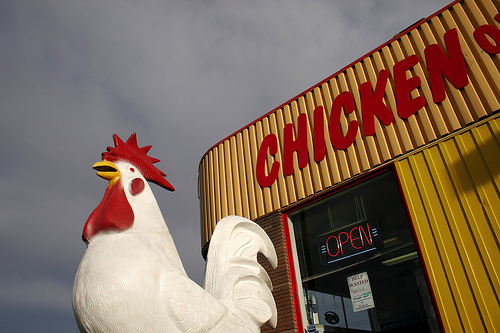
Safe Food Handling of Chicken
Handling raw chicken needs certain precautions. Raw poultry can have salmonella and other harmful, even deadly bacteria.
- Rinse raw chicken and pat dry with paper towels before preparing.
- Anything that is used while preparing raw chicken- cutting boards, knives, etc, has to be washed and disinfected well in hot, soapy water.
- Never use the cutting board for other foods after cutting raw chicken on it, until it has been thoroughly disinfected.
- Be sure to clean and disinfect kitchen counters, faucets, tables, or any other surfaces that could have been contaminated by the raw chicken.
Pottery Chicken Cooker





